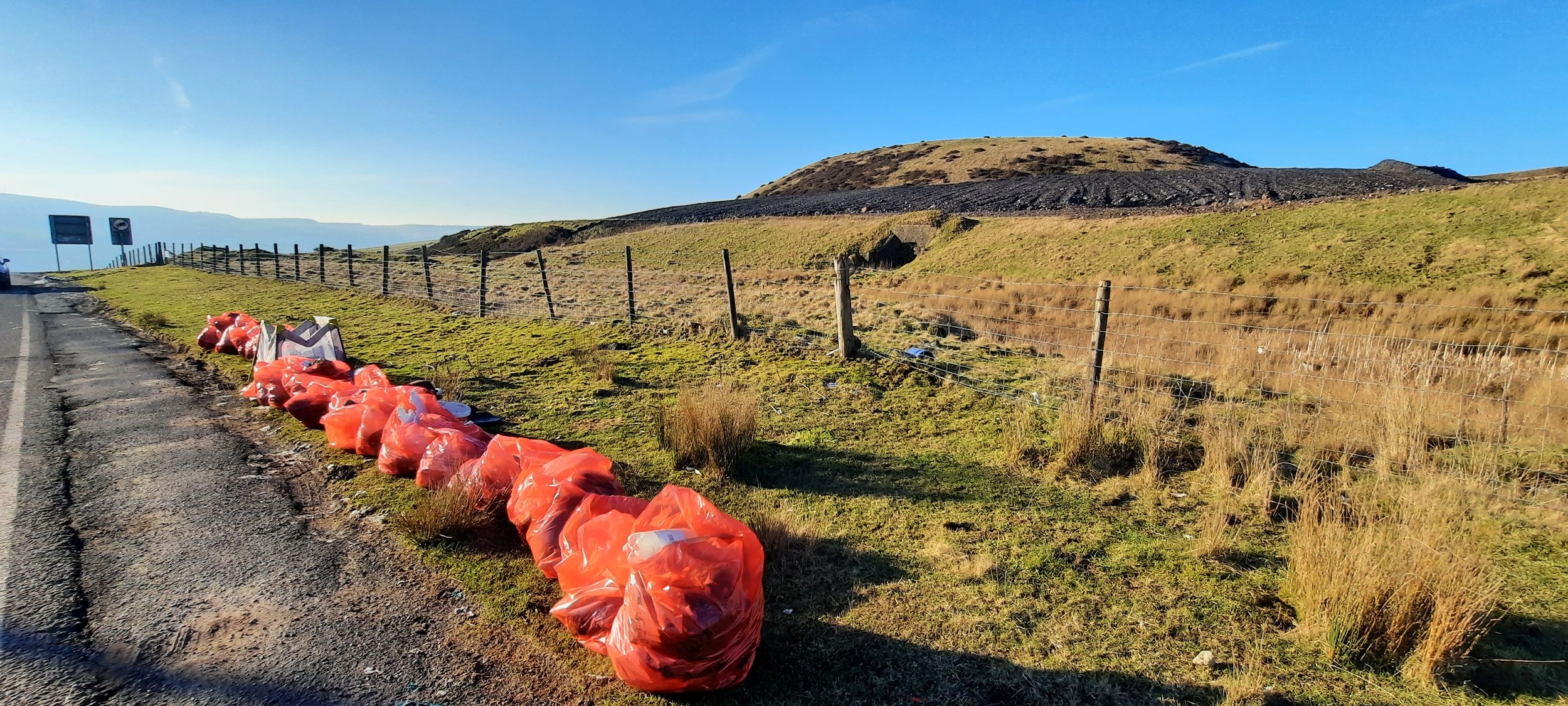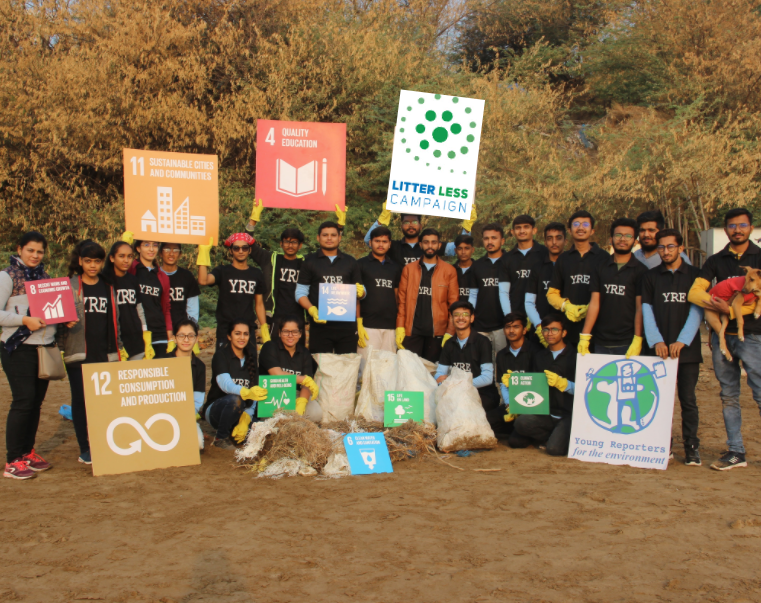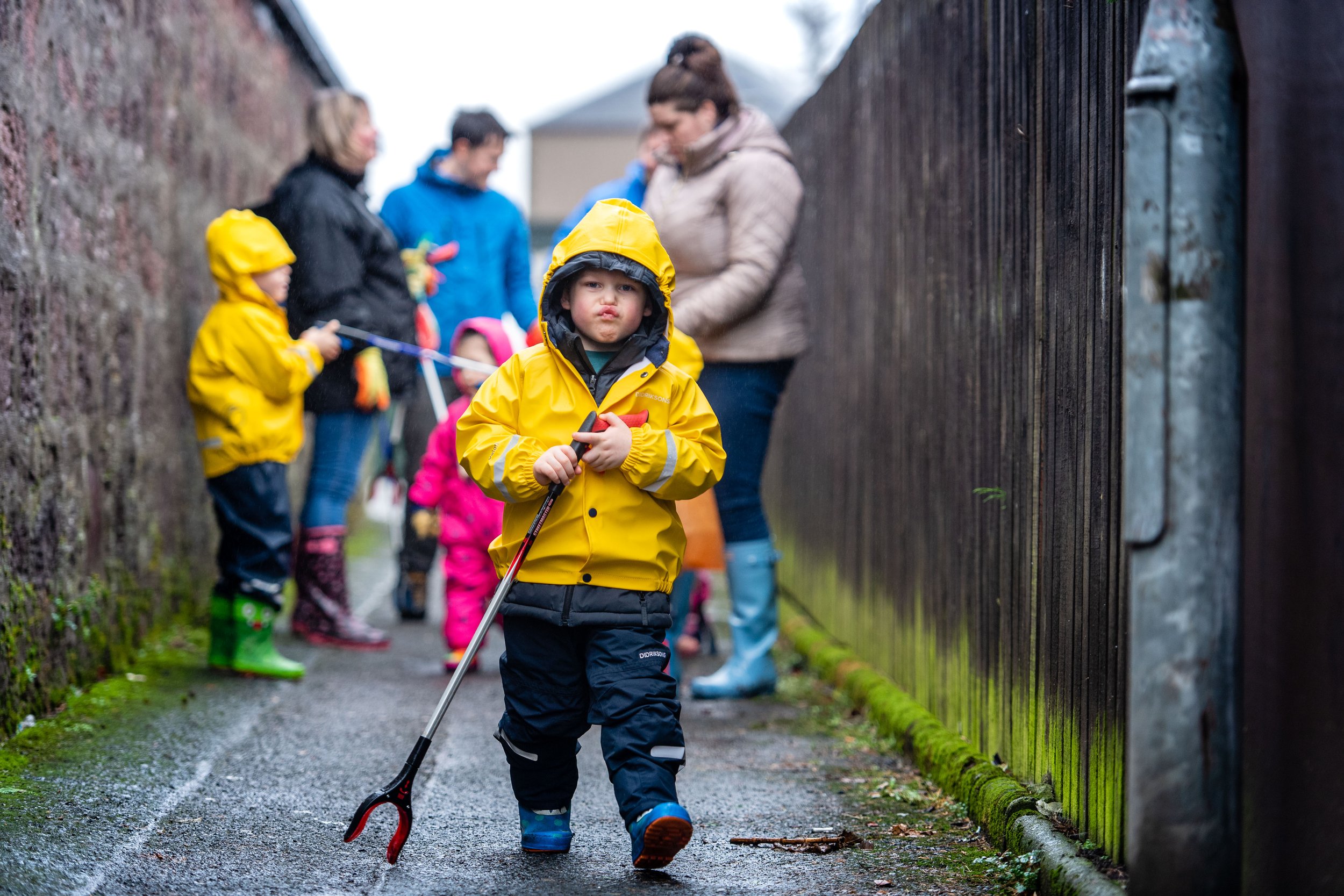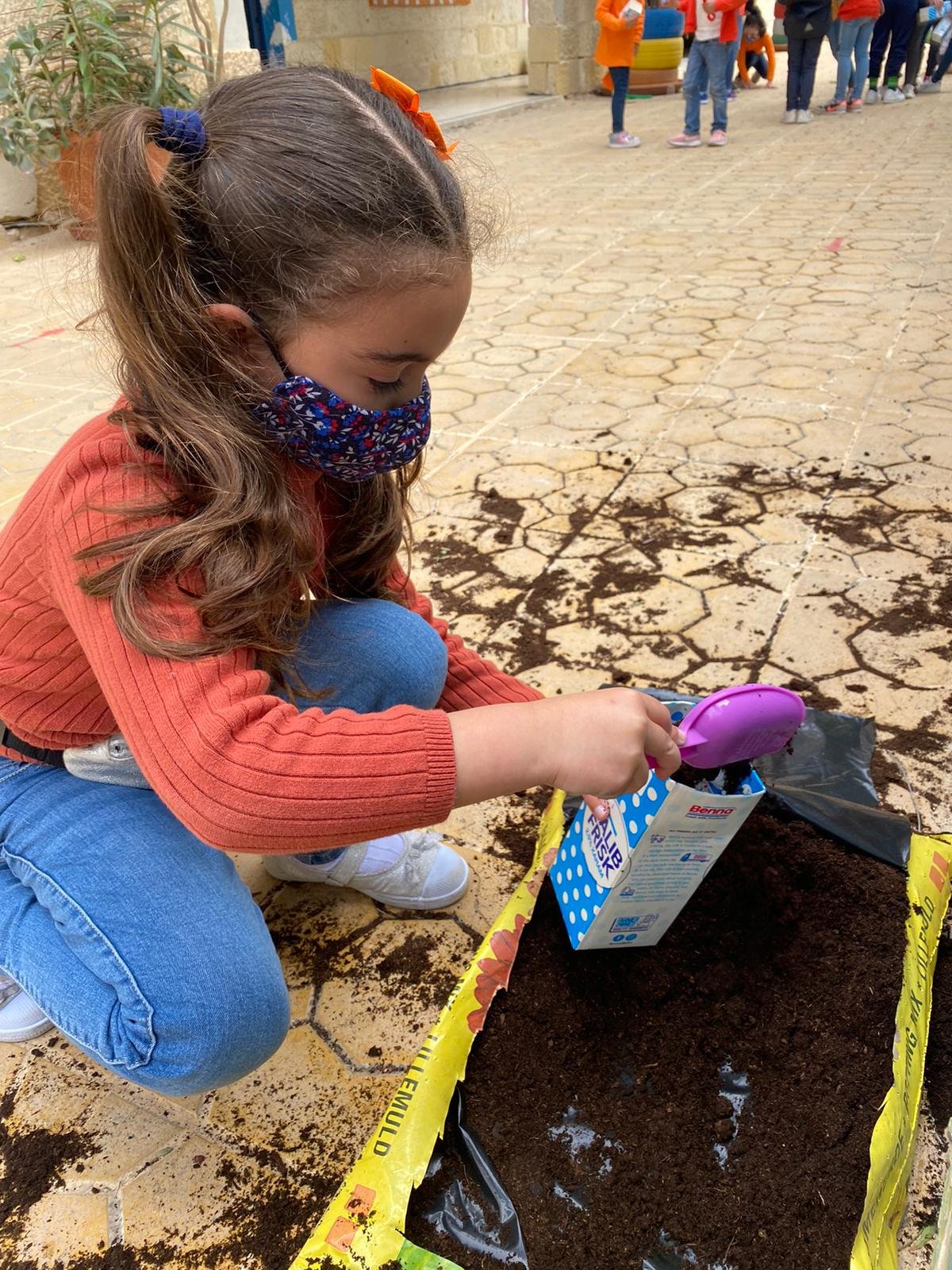Litter is waste in the wrong place
Litter comes from different sources, and different people. For instance, it may be intentional litter by motorists discarding litter out of windows, pedestrians dropping litter on the street or footpaths, or people on picnics and at other public space events.
Another source of litter may be unintentional. It may come from uncovered loads and can easily be blown out of trucks, cars and trailers. Household rubbish, commercial rubbish and uncontrolled building waste can become litter if not secured by a proper cover. Finally, there is rubbish from the wind, and rubbish which animals carry from sites that are not properly secured.
Impact
Litter can be harmful to people, animals and the natural environment, as it can threaten their existence and evolution. The major impacts involve the danger to public health, the risk of fire hazards, endangering, or even killing wildlife, and the serious damage to waterways. Furthermore, litter directly and indirectly affects the tourist industry and our quality of life. As a result of this irresponsible pollution, protecting the environment from litter requires significant resources, which instead could have been used for environmental preservation or development.
How to teach about litter?
Centre for Environment Education (CEE) has developed a set of lesson plans that go into depth with the topic of litter and waste. The lesson plans are based on the Eco-Schools methodology and cover the age range from 6 to 16 years. Simply follow the link below.





